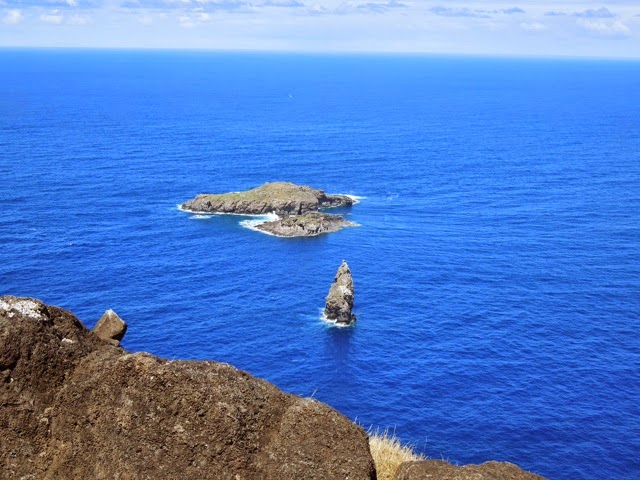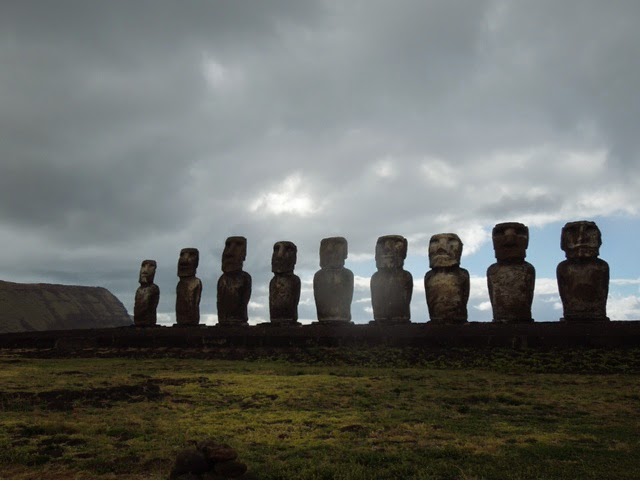My friends and I departed from Calgary, Canada for a two hour charter flight to Churchill, Manitoba - a town on the west shore of Hudson Bay in northern Manitoba. It is most
famous for the many polar bears that move toward the shore from inland in the autumn, leading to the nickname "Polar Bear Capital of the World" that has helped its growing tourism industry.
A variety of nomadic Arctic people lived and hunted in this region. Europeans first arrived in the area in 1619 when a Danish expedition led by Jens Munk wintered where Churchill would later stand. In 1717 the Hudson's Bay Company built the first permanent settlement, Churchill River Post, a log fort a few miles upstream from the south of the Churchill River.
Between the years of decline in the fur trade and surfacing of western agricultural success, Churchill phased into and then back out of obsolecence. This area was the site of the Churchill Rocket Research Range, part of Canadian - American atmospheric research until closing in 1984.
Churchill is situated at the estuary of the Churchill River at Hudson Bay. The small community stands at an ecotone, on the Hudson Plains, at the juncture of three ecoregions: the boreal forest to the south, the Arctic tundra to the northwest, and the Hudson Bay to the North.
Starting in the 1980's, the town developed a sizable tourism industry focused on the migration habits of the polar bear. Tourists can safely view polar bears from speciallly modified buses known as tundra buggies. Use of the buggies helps sustain local tourism. October and early November are the most feasible times to see polar bears, thousand of which wait on the vast peninsula until the water freezes on the Hudson Bay so that they can return to hunt their primary food source, ringed seals. Many locals leave their cars unlocked in case someone needs to make a quick escape from the polar bears in the area.
There are no roads from Churchill leading to the rest of Canada. There is a railroad , and two airlines.
Global warming is the greatest long-term problem for polar bears. Hunting, industrial pressures like shipping and offshore oil development , human-bear conflicts, and a larger human presence in polar bear country.
Ice is critically important to polar bears, but all ice in the Arctic is not the same. Two basic varieties of arctic ice - freshwater and sea ice. All that matters to the polar bear is whether the ice is suitable for hunting seals - the polar bear's favored prey. Sea-ice must also be the right thickness to provide good habitat for polar bears. 

 Polar bears are fastidious about keepin g their white fur clean. One of the ways they do this is by sliding on their belllies and rolling around in the snow.
Polar bears are fastidious about keepin g their white fur clean. One of the ways they do this is by sliding on their belllies and rolling around in the snow.  Polar bear moms spend two and a half years teaching their cubs how to live and hunt in the Arctic. Very important - needed to survive in a challenging environment.
Polar bear moms spend two and a half years teaching their cubs how to live and hunt in the Arctic. Very important - needed to survive in a challenging environment.  Polar bears can be food - deprived for longer than any other mammal. The pregnant females in Hudson Bay region ome ashoe in summer and don't feed again until the following February - 8 months without feeding. they give birth and nurse new cubs during this time.
Polar bears can be food - deprived for longer than any other mammal. The pregnant females in Hudson Bay region ome ashoe in summer and don't feed again until the following February - 8 months without feeding. they give birth and nurse new cubs during this time. 


 The Tundra Buggy Hotel......
The Tundra Buggy Hotel......

 Polar bears have an exceptionally powerful sense of smell. They can find a seal's breathing hole under three feet of snow....
Polar bears have an exceptionally powerful sense of smell. They can find a seal's breathing hole under three feet of snow....


 Polar bears are fastidious about keepin g their white fur clean. One of the ways they do this is by sliding on their belllies and rolling around in the snow.
Polar bears are fastidious about keepin g their white fur clean. One of the ways they do this is by sliding on their belllies and rolling around in the snow.  Polar bear moms spend two and a half years teaching their cubs how to live and hunt in the Arctic. Very important - needed to survive in a challenging environment.
Polar bear moms spend two and a half years teaching their cubs how to live and hunt in the Arctic. Very important - needed to survive in a challenging environment.  Polar bears can be food - deprived for longer than any other mammal. The pregnant females in Hudson Bay region ome ashoe in summer and don't feed again until the following February - 8 months without feeding. they give birth and nurse new cubs during this time.
Polar bears can be food - deprived for longer than any other mammal. The pregnant females in Hudson Bay region ome ashoe in summer and don't feed again until the following February - 8 months without feeding. they give birth and nurse new cubs during this time. 


 The Tundra Buggy Hotel......
The Tundra Buggy Hotel......

 Polar bears have an exceptionally powerful sense of smell. They can find a seal's breathing hole under three feet of snow....
Polar bears have an exceptionally powerful sense of smell. They can find a seal's breathing hole under three feet of snow....












 Another friend on the tundra - The Arctic Fox!!
Another friend on the tundra - The Arctic Fox!! Our tundra buggie driver.......
Our tundra buggie driver.......



























































